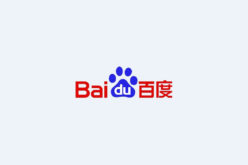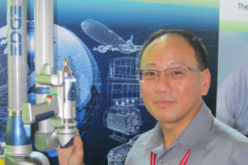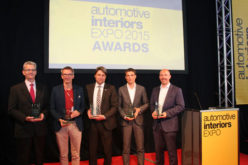A new chapter in the history of chassis technology is being written as an electro-mechanical active roll control from Schaeffler goes into volume production. This innovative system replaces the previous standard hydraulic stabilizers that minimize the rolling motion of the vehicle body when going around curves or during quick evasive maneuvers. This technology also makes it possible to effectively prevent any yawing of the vehicle. The design, now introduced by Schaeffler as an electromechanical system, helps to reduce fuel consumption and emissions and make vehicle assembly more straightforward. Other additional functions can be realized as well. This pioneering technology is also made possible thanks to the sophisticated control solutions from Continental, the specialist responsible for the ECU (electronic control unit), the engine control system, and the software platform.
According to Prof. Peter Gutzmer, Chief Technology Officer and Member of the Executive Board at Schaeffler, “With the world’s first electromechanical active roll control, Schaeffler is expanding its range of electromechanical actuators, which make significant contributions with respect to performance capacity and efficiency for cars.”
“With our electronic control system, we are helping to defuse the classic conflict of objectives between comfort and handling when designing the chassis. The rolling motion of the vehicle when going around curves is reduced, which at the same time increases driving safety, driving dynamics, and driving comfort,” adds Felix Bietenbeck, Manager of the Vehicle Dynamics Business Unit at Continental Divi-sion Chassis & Safety.
To launch volume production for the new system, Schaeffler has built completely new production facilities at its Schweinfurt location, purposefully using the production-related expertise of the Group. The individual systems have a modular design, making it possible to integrate other volume production launches in the years to come. This is also true for future generations of this technology.
Active Adjustment to Any Driving Situation
With the first volume production application in a luxury class sedan, the electromechanical active roll control is integrated into the vehicle’s system network in such a way that it not only increases driving stability in curves, but also driving comfort on straight stretches. This is possible because of a camera monitoring and a con-stantly scanning of the road surface in front of the vehicle. If any bumps, such as a manhole cover, are detected in the road surface ahead, the system briefly raises the corresponding wheel, thereby permitting a comfortable ride and almost com-pletely preventing any jarring to the car body.
Modern active roll control systems match the chassis’ function to any driving situation. This is primarily achieved by active roll control with swivel motors (that have previously been hydraulically driven). These motors twist the two halves of the roll control in opposite directions to produce a torsional moment that has a stabilizing effect on the vehicle body. Even though active roll control does not need to engage in many driving situations, such as when driving straight on good roads, the hydraulic design is a permanent energy drain when on standby operation, since con-tinuous pumping power is required to maintain the operational pressure in the hydraulic system. This results in a permanent energy loss.
This is not the case with electromechanical systems: Based on the experience that hydraulic systems can be replaced by more efficient electric systems, Schaeffler developed a solution that adjusts the stabilizing torque as needed without the re-quirement for a constant energy supply. The key to this is the electric motor, which only consumes power when the swivel actuator twists and creates torque. To keep the torque at a constant level, only a relatively low loss of electrical resistance has to be compensated for.
The Schaeffler solution also increases comfort by including a innovative decoupling element. This makes it possible to absorb any irregularities that occur in the road’s surface. The transmission of impulses to the car body is prevented or at least noticeably reduced.
Electromechanical chassis regulating systems are only one of the development approaches being used to shape mobility and the chassis of the future. Prof. Peter Gutzmer: “Higher-level requirements for reductions in CO2 emissions mean that the potential offered by lightweight construction, friction reduction, and efficient actuators must also be put to use in chassis engineering.” At the same time, it is necessary to find solutions that will increase comfort even further, since vehicle occupants will react more sensitively to vehicle movements during automated driving. Ultimately, this means that suppliers such as Schaeffler and Continental will have to take a systemic approach in the future by considering and developing the chassis together with the drive system.











